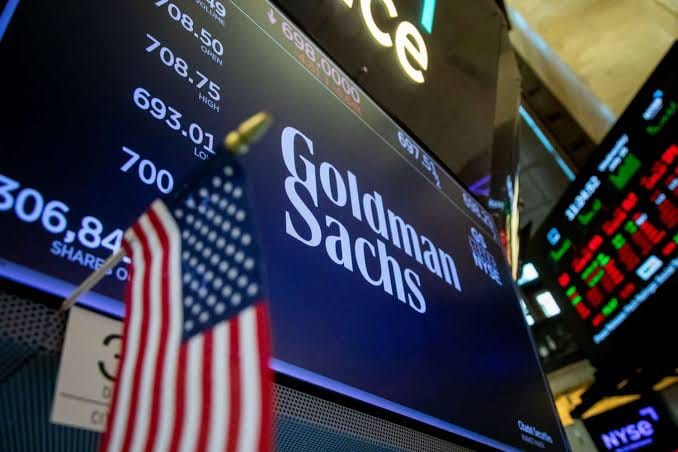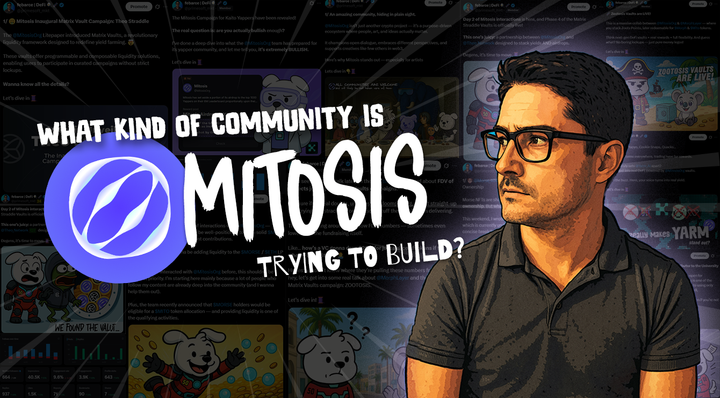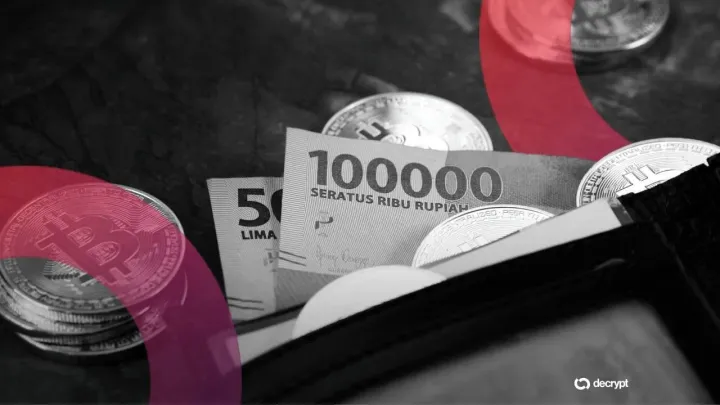Goldman Sachs and BNY Mellon Launch Tokenized Money Market Fund

Wall Street’s Next Blockchain Bet
Goldman Sachs and BNY Mellon just took a major step into the future of finance: launching tokenized money market funds (MMFs). These traditional, low-risk investment vehicles—typically made up of Treasury bills and short-term debt—are now going digital, issued and traded on blockchain rails.
This isn’t a crypto-native DeFi play. It’s TradFi’s embrace of tokenization, turning familiar financial products into blockchain-based assets, accessible around the clock and with near-instant settlement. The question now: is this the future of money management?
What Exactly Is a Tokenized MMF?
A money market fund is one of the safest and most liquid investments available—used by both retail and institutional investors to park cash and earn modest returns. Tokenizing an MMF means issuing its shares as digital tokens, typically on a permissioned blockchain, with:
- Real-time transfer and ownership tracking
- Programmable compliance rules
- Instant settlement and redemption
Instead of T+1 or T+2 processing, tokenized MMFs settle in minutes, even seconds, streamlining treasury operations for big players and eventually offering new access models for smaller investors.
Why Goldman and BNY Are Doing This Now
Timing is key. In 2024, tokenized Treasuries and MMFs surged past $1.5 billion in on-chain value, led by players like Franklin Templeton and BlackRock. That set the stage for Goldman Sachs and BNY Mellon to enter with scale and credibility.
Their goals are clear:
- Modernize settlement and fund distribution
- Reduce counterparty risk through blockchain finality
- Build the backbone of a new digital asset infrastructure
BNY Mellon, the world’s largest custodian bank, already manages over $45 trillion in assets. With Goldman, they’re not just experimenting—they’re laying rails for a new era of financial infrastructure.
What This Means for Institutional Adoption
For years, institutions have looked at crypto and DeFi with cautious curiosity. Tokenized MMFs offer a bridge product—something familiar in structure but radical in delivery. The key benefits include:
- Intraday liquidity for large cash pools
- Automated compliance and smart contract-driven reporting
- On-chain integration with other tokenized assets and systems
If you're a corporate treasurer or hedge fund manager juggling billions in cash, this is a no-brainer upgrade. It’s faster, cleaner, and potentially more profitable—without touching volatile assets like Bitcoin or ETH.
Risks and Limitations
Despite the excitement, tokenized MMFs aren’t without risks:
- Most are issued on private blockchains, limiting transparency
- Interoperability across chains and institutions is still a work in progress
- Regulatory clarity is not fully resolved, especially when assets move across jurisdictions
And while access is expanding, it’s still heavily permissioned. These funds aren’t available to just anyone with a crypto wallet—they’re gated, controlled, and compliance-heavy.
Beyond MMFs: The Road to Full Asset Tokenization
Goldman and BNY’s move is part of a broader trend: turning traditional assets digital. Real estate, equities, corporate bonds, and even art are increasingly being wrapped into tokens—bringing them into programmable, composable ecosystems.
What tokenized MMFs signal is that the biggest institutions are ready. They’re not trying to “go DeFi”—they’re trying to build regulated alternatives that offer similar speed, efficiency, and programmability—but within the rules.
This may not excite crypto maximalists, but for the future of blockchain-powered capital markets, it’s a milestone moment.
Final Thoughts: TradFi Just Hit "Mint"
The tokenization of money market funds by Goldman Sachs and BNY Mellon marks the clearest sign yet that blockchain is moving from an experimental fringe to the core of global finance.
It won’t be flashy. It won’t go viral. But in terms of infrastructure impact, this could be bigger than any NFT drop or meme coin pump.
And as more legacy institutions bring their assets on-chain, we’re likely witnessing the start of a new phase—not DeFi vs TradFi, but the convergence of both into something faster, smarter, and far more liquid.
Internal Mitosis Links & Glossary References
- Bitcoin
- Blockchain
- Cryptocurrency
- Mitosis Core: https://university.mitosis.org/mitosis-core
- Governance: https://university.mitosis.org/governance
- Glossary: https://university.mitosis.org/glossary/
- Ecosystem Connections: https://university.mitosis.org/ecosystem-connections


Comments ()